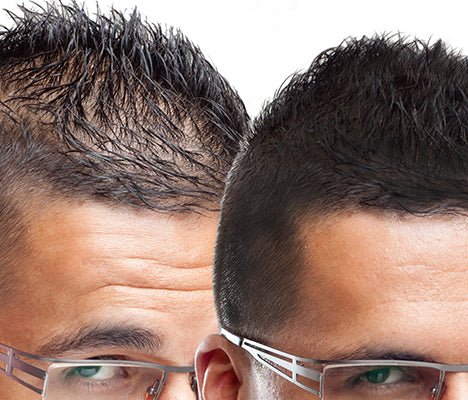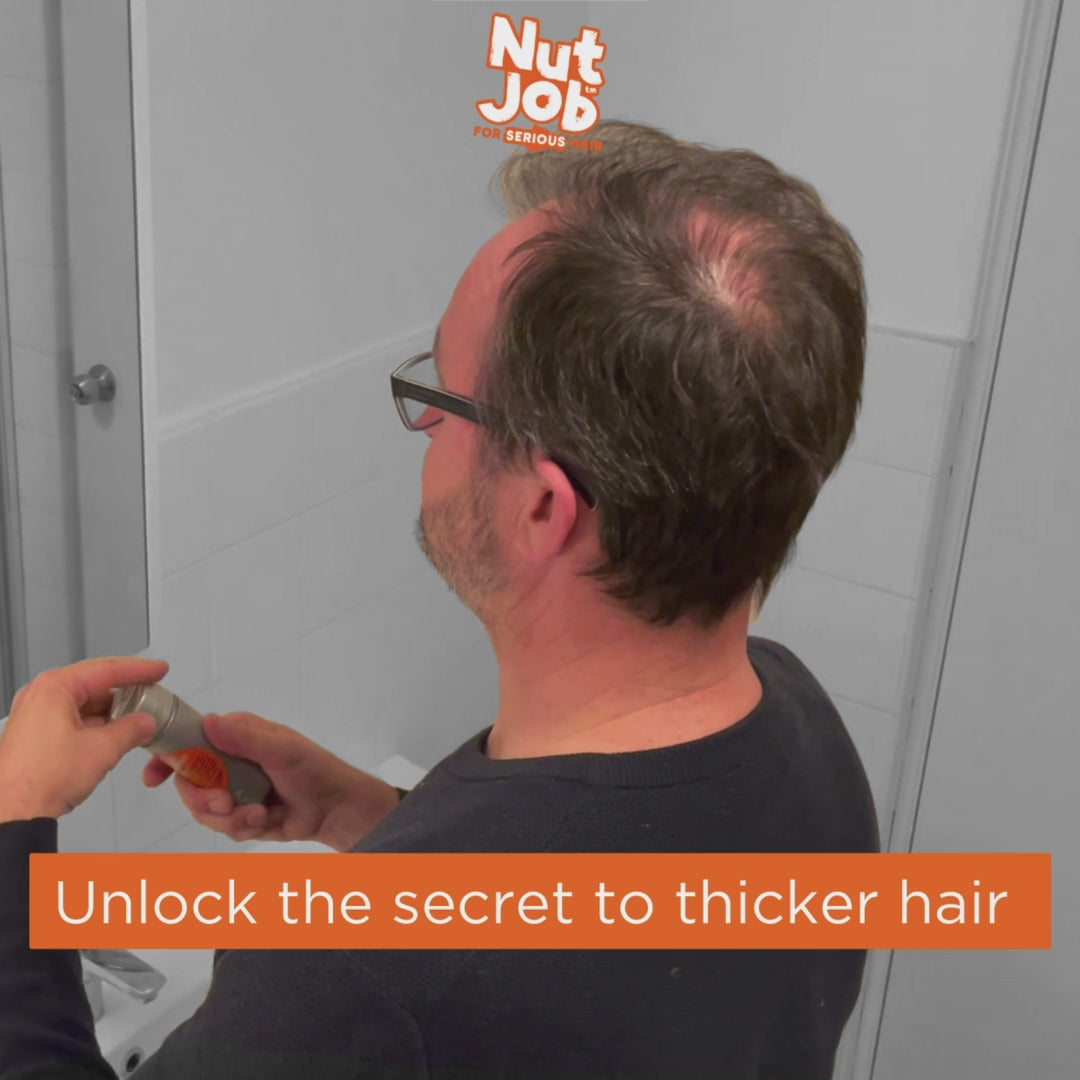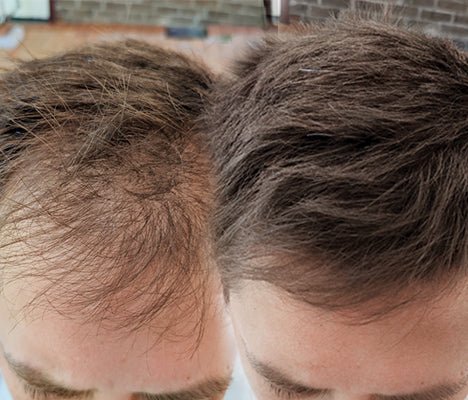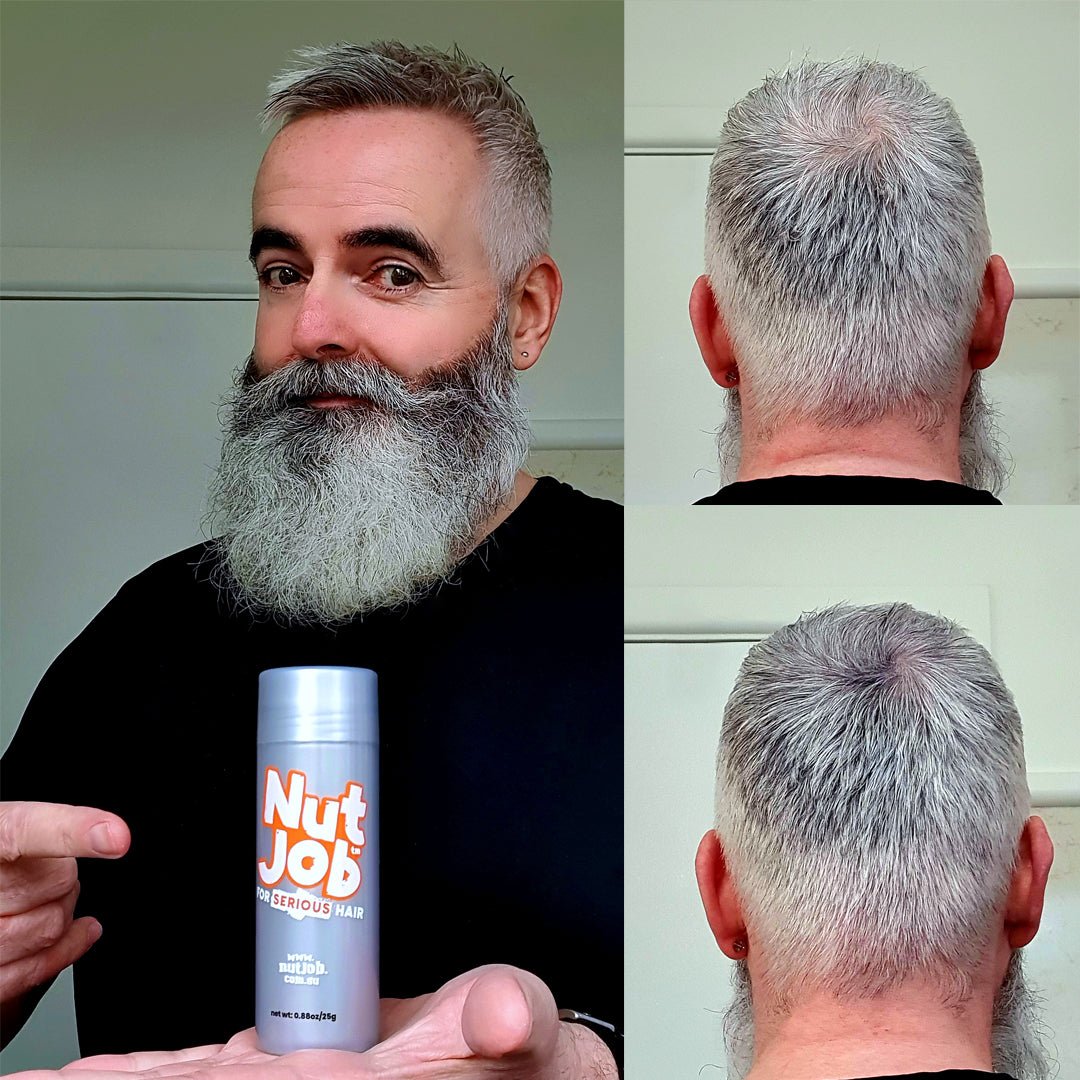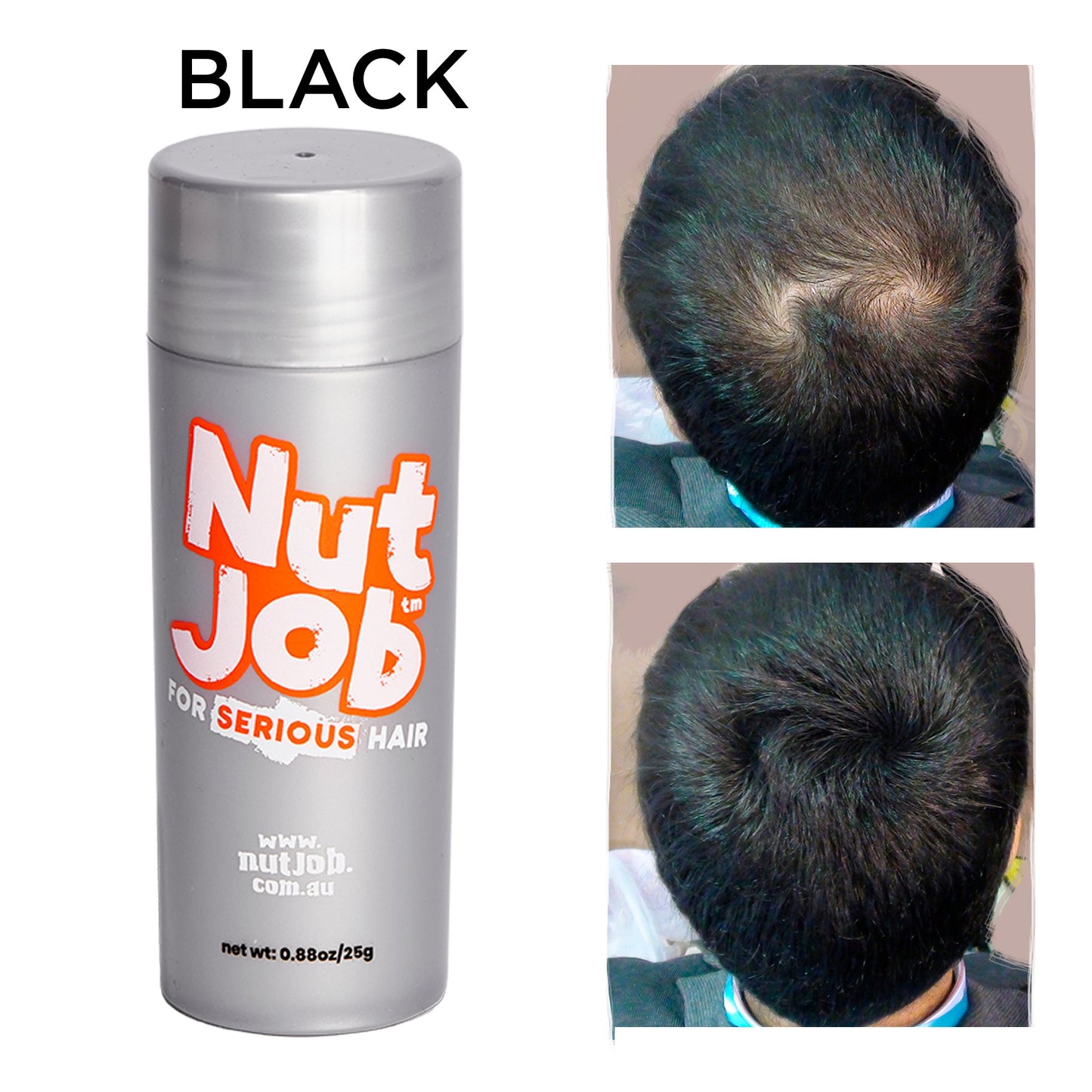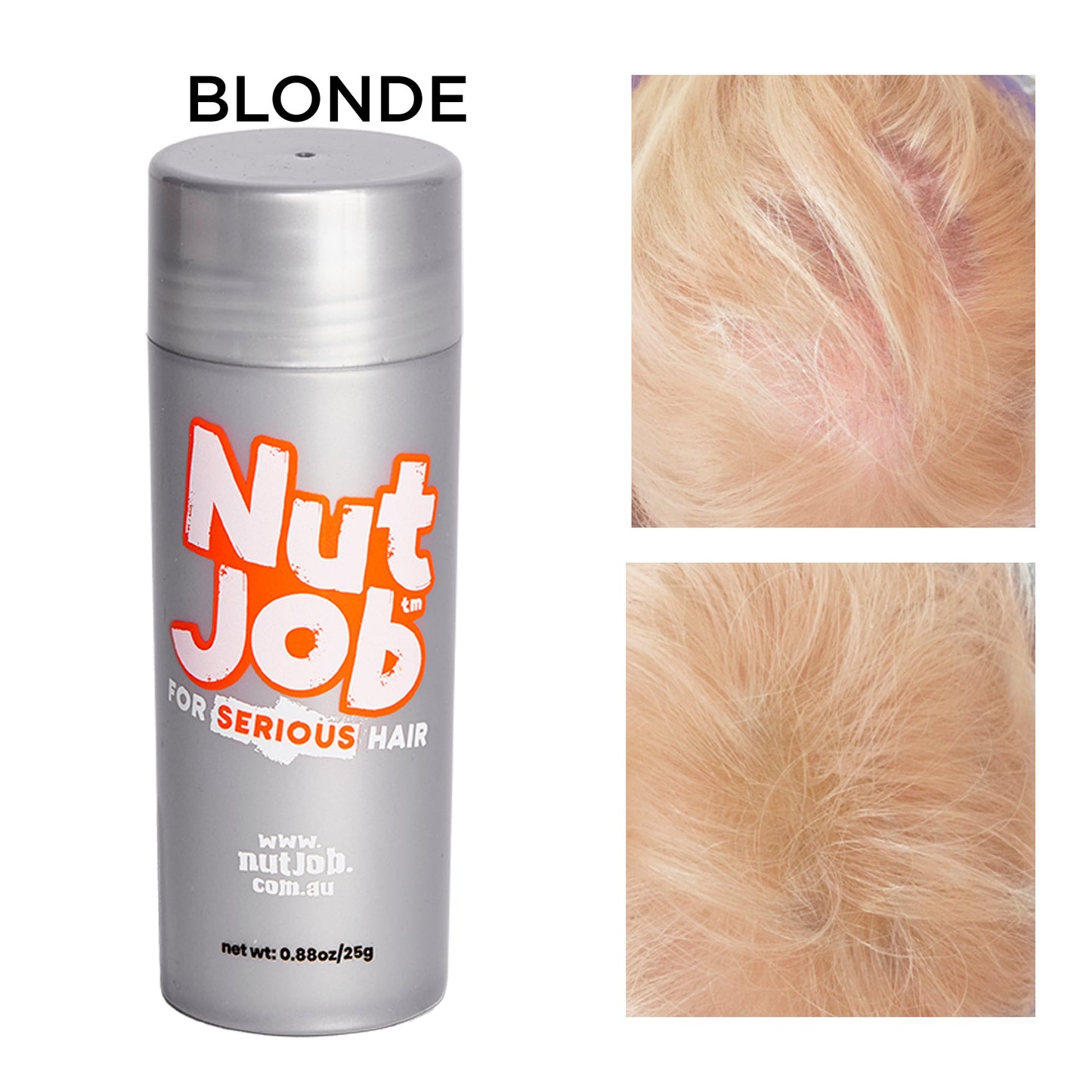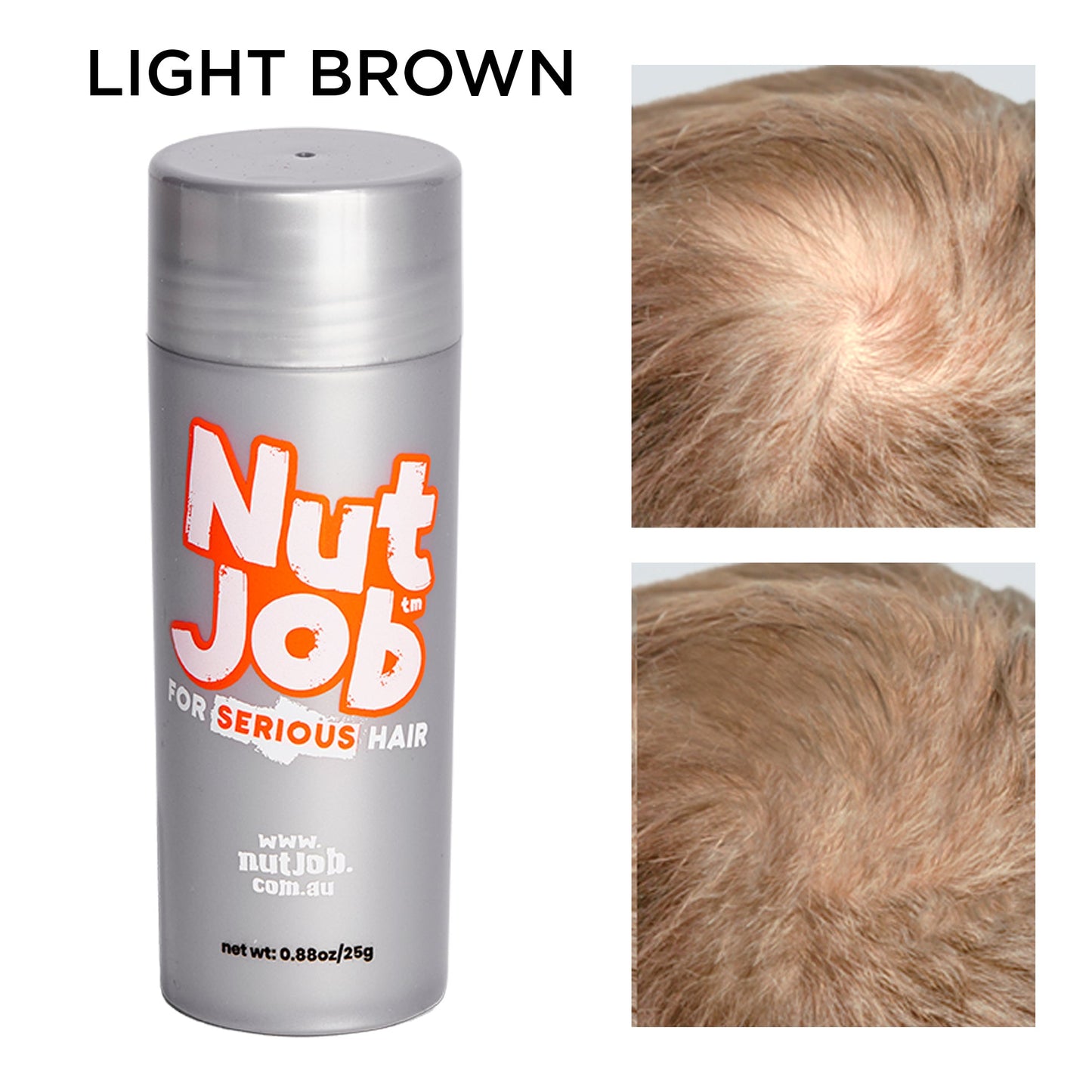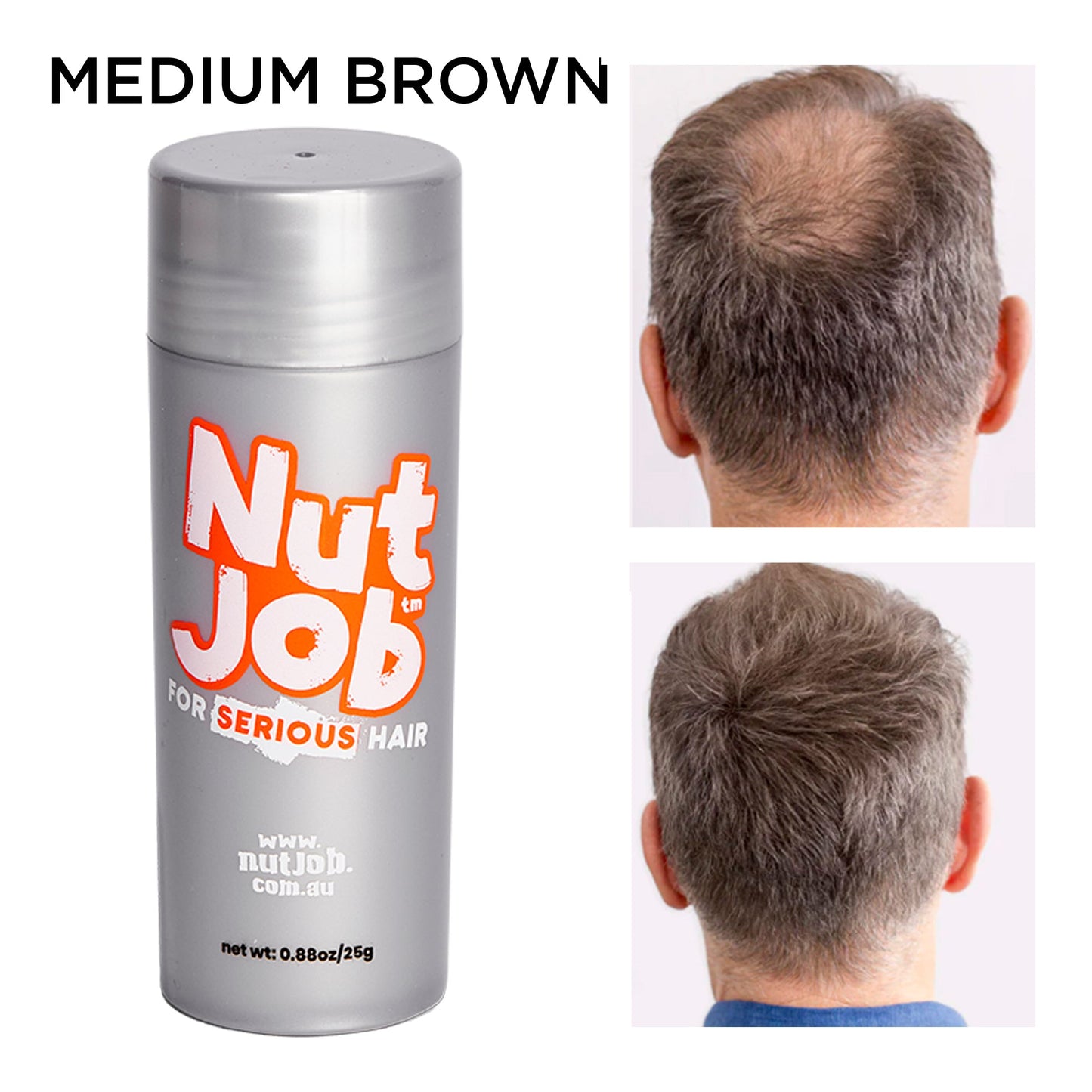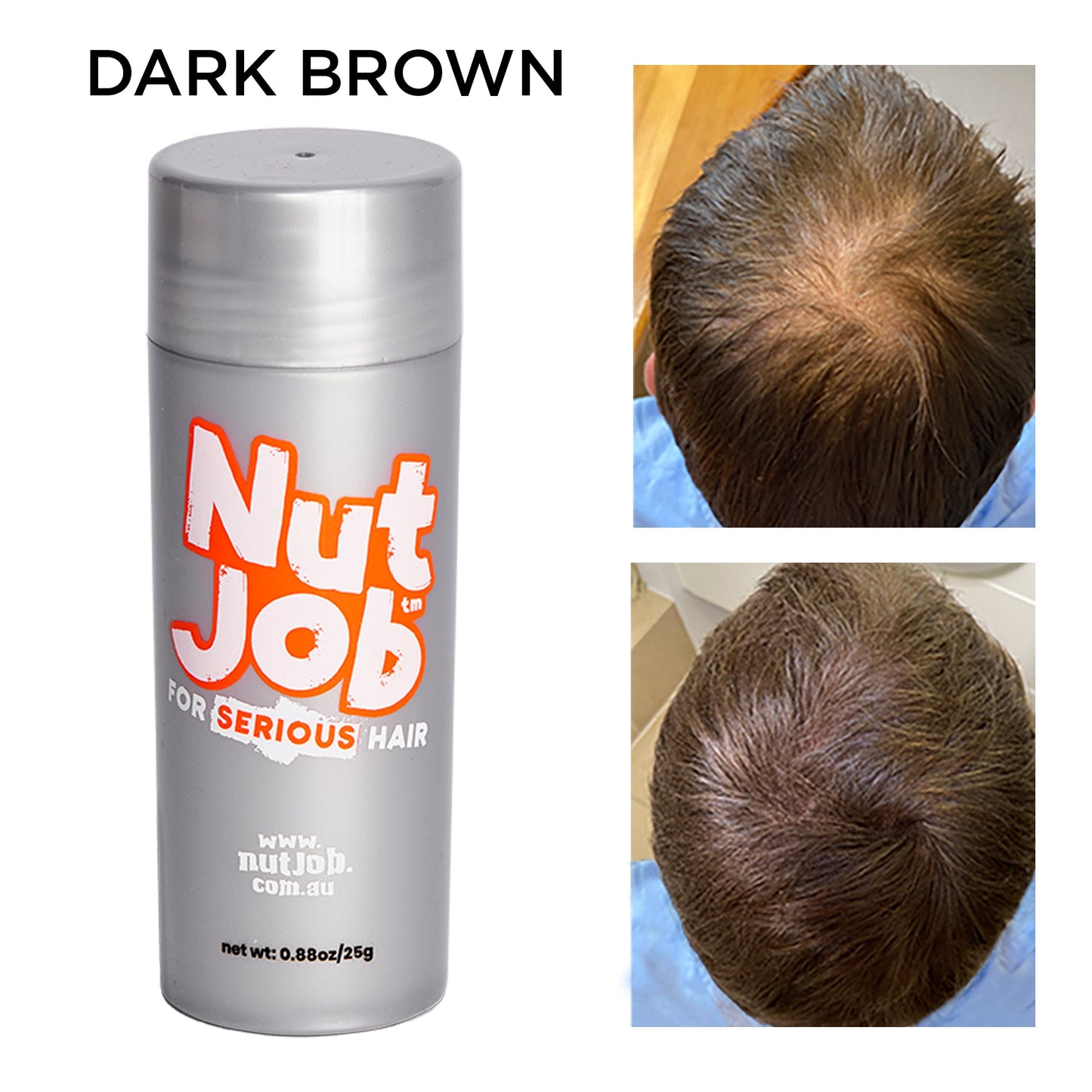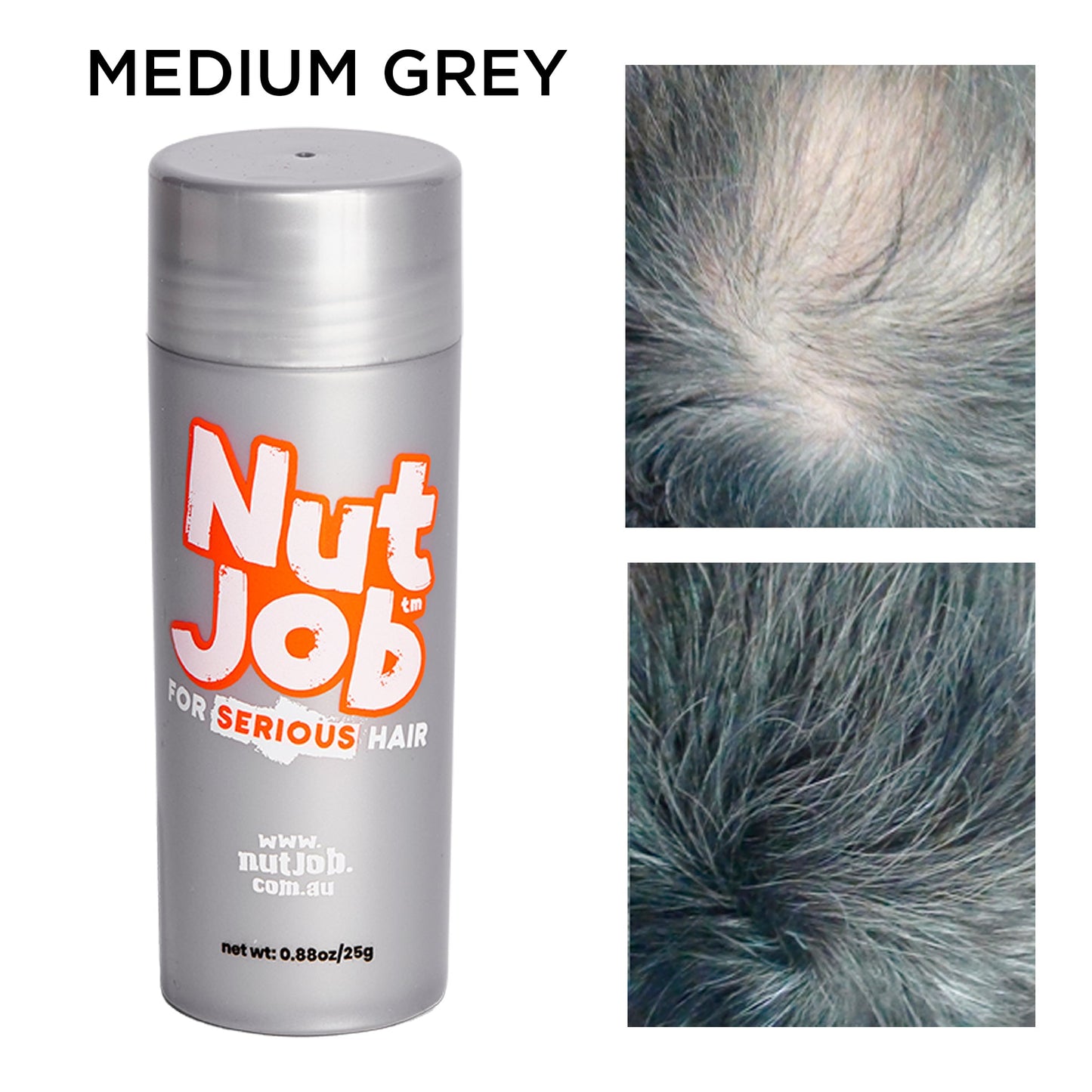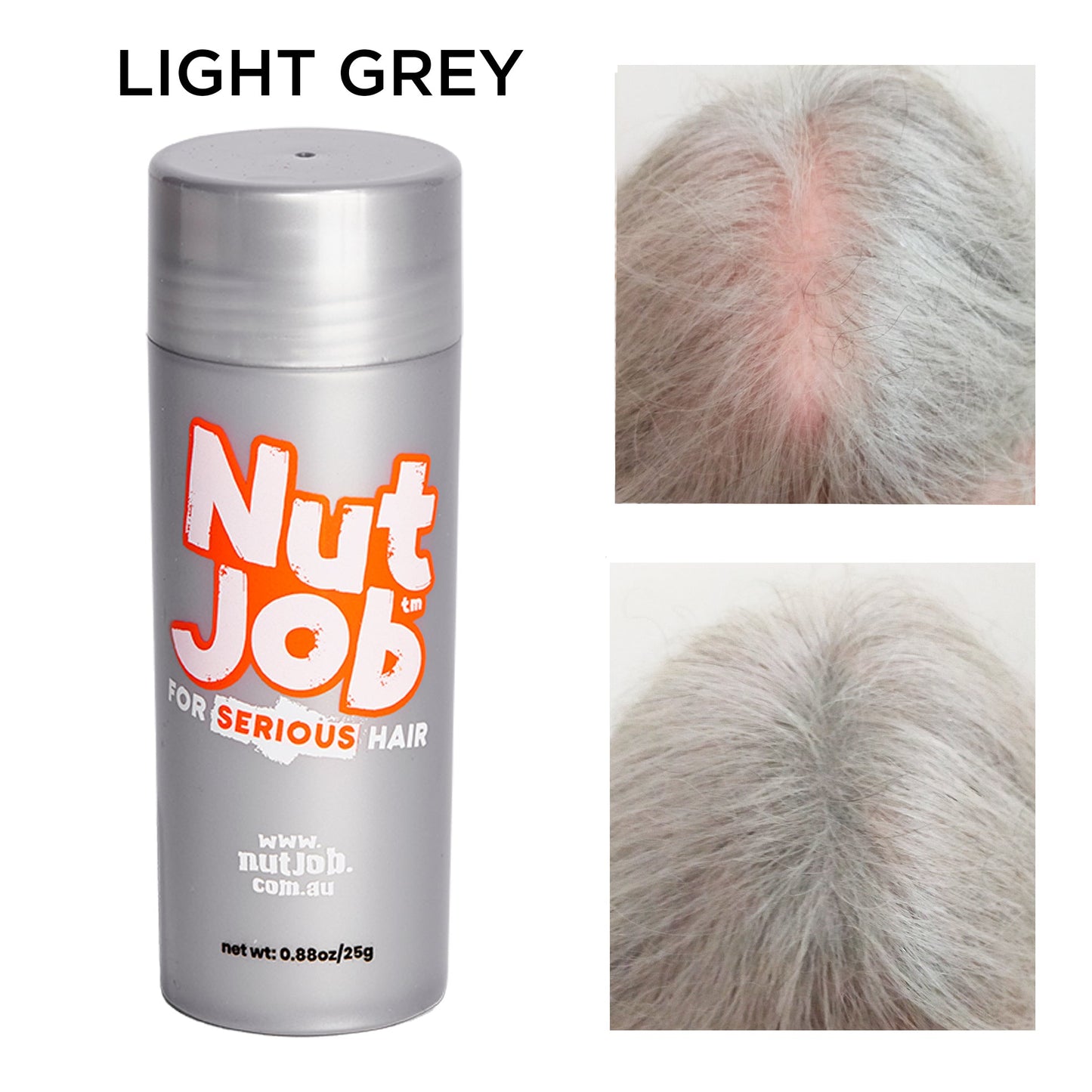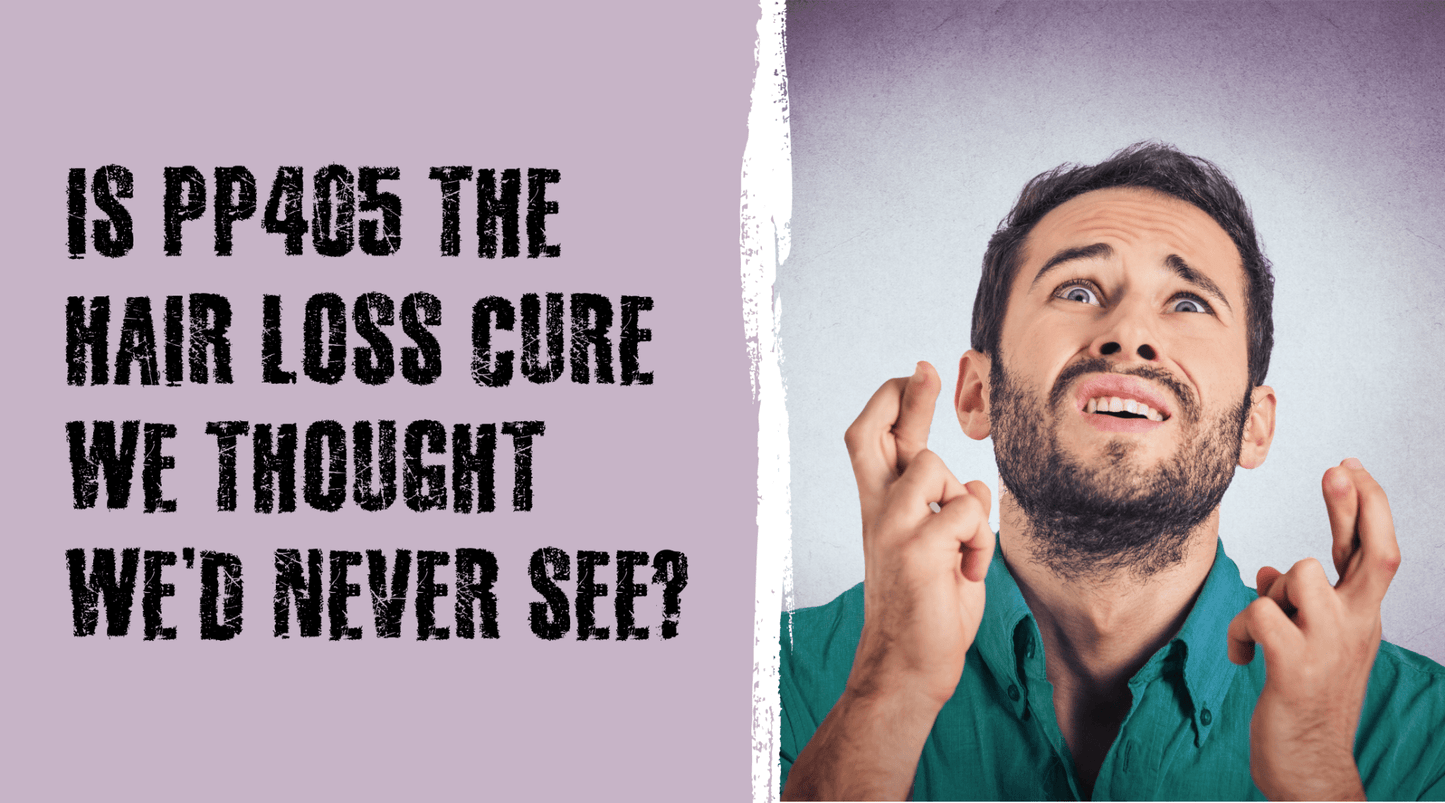
Hair loss: it’s the dilemma millions grapple with every day. From overpriced treatments that promise the world (but deliver little) to viral hacks that leave us clutching our heads (literally), finding a real solution has seemed as elusive as finding a clean public restroom on a road trip.
But recently, whispers from the research world have sparked cautious hope. The buzz? A new treatment called PP405 (catchy name, UCLA 🙄) Could this really be the breakthrough the hair loss world has been waiting for? Let’s dig in.
What Is PP405?
PP405 is a cutting-edge treatment still in its research phase but already making waves for its innovative approach to hair regrowth. Rather than focusing on slowing down hair loss or maintaining the follicles still clinging to life, PP405 aims to do something that very few products have even attempted: it targets dormant hair follicles (those that may have stopped producing hair long ago) and works to reactivate them.
This groundbreaking focus on follicle regeneration offers more than a glimmer of hope. By restoring the hair follicle’s ability to grow and thrive, PP405 doesn’t just promise maintenance, it could pave the way for true regrowth.
How Is It Different From What’s Already Out There?
Many existing treatments are designed to preserve the hair you already have but they don’t necessarily address the bigger problem: the follicles that have stopped growing hair altogether.
What makes PP405 exciting is its regenerative nature. Unlike other treatments, it revitalizes the very foundation of hair growth: the follicle stem cells. Early studies suggest that PP405 penetrates the layers of the scalp to target the follicular microenvironment, creating the conditions needed to wake up dormant follicles and restore them to a healthy, active state.
And here’s the kicker: rather than requiring months or years of consistent application to see marginal results, initial tests have hinted at quicker recovery times for hair density and growth. If true, this could revolutionize how we think about and treat hair loss.
Comparing Hair Loss Solutions
While science continues to search for the next breakthrough, several options are already available to help manage or disguise hair loss. Here’s how the most common treatments compare:
|
Treatment Type |
Time to See Results |
Maintenance / Commitment |
|
PP405 (Experimental) |
Months to years (still in trials) |
Research only, not yet available |
|
Minoxidil (Topical Solution) |
3–6 months of consistent use |
Daily application, ongoing |
|
Finasteride (Prescription Pill) |
3–12 months |
Continuous use requires a prescription |
|
Hair Transplant Surgery |
6–12 months post-surgery |
One-time procedure, recovery needed |
|
PRP Therapy (Platelet-Rich Plasma) |
Several sessions over months |
Regular treatments |
|
Nut Job Hair Fibres |
Instantly |
Quick and as-needed application |
What Does the Science Say About PP405?
Here’s where things get interesting. Researchers at UCLA have been tight-lipped about the magic behind PP405, but what we do know is enough to get scientists excited.
The treatment has shown unprecedented promise in laboratory trials, with significant regrowth observed in preliminary studies. If you’ve ever heard a scientist say anything like “preliminary data is encouraging,” you know that’s practically the academic equivalent of a standing ovation.
By targeting the dormant cells responsible for hair production (yes, they’re still there, they’re just… lazy), PP405 has reportedly shown potential to activate dormant follicles without the harsh side effects of some existing options. UCLA’s research team is being careful not to overpromise, but in a field dominated by “meh” results, their cautious optimism speaks volumes.
So, Could This Really Be the End of Hair Loss?
It might be too early to declare PP405 the definitive cure for hair loss, but the excitement surrounding it seems justified. Where other treatments have plateaued, this one taps into the groundbreaking world of regenerative medicine. Instead of sticking a band-aid on the issue PP405 goes to the root cause (pun intended 😝).
While clinical trials must still confirm its safety, efficacy, and long-term results, researchers are quietly hopeful. And frankly, in a field where breakthroughs often crawl rather than leap, that cautious optimism is a big deal.
The Future of Hair Loss Treatments
If PP405 proves successful in larger trials, it could redefine how we think about and treat hair loss. Imagine no longer having to rely on tedious routines or settling for temporary fixes. Instead, this treatment could offer a more permanent solution, regrowing hair in areas many thought were lost forever.
The science is still unfolding, but the early data and ✨the vibe✨is giving us all good reason to stay tuned. Is PP405 the breakthrough we’ve all been waiting for? UCLA’s research team is standing at the edge of unlocking its potential, and the rest of us can’t wait to follow their lead.
With luck, persistence, and a little science magic, PP405 just might be the hair loss comeback story we’ve all been hoping for 🤞🤞🤞

